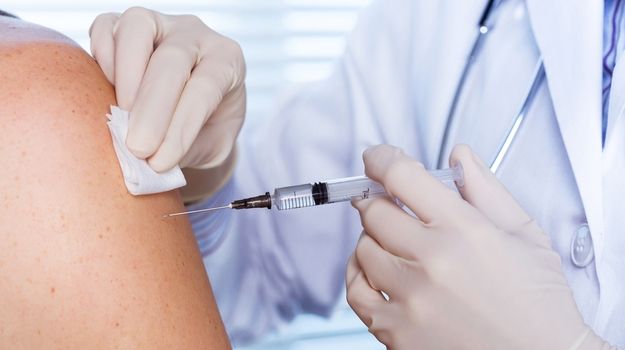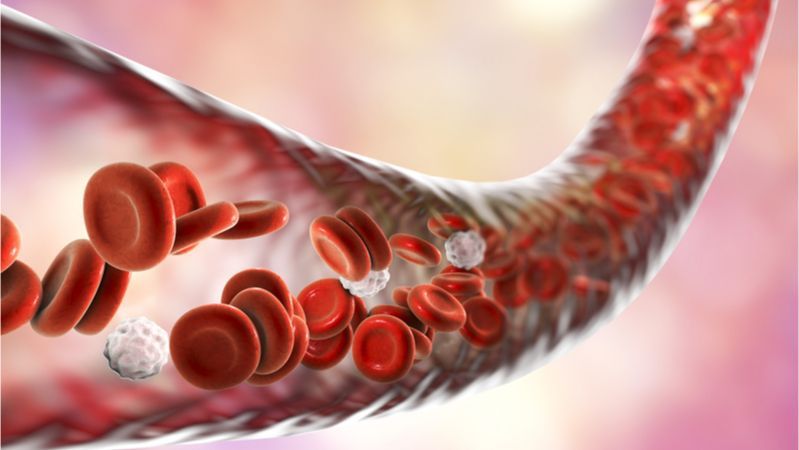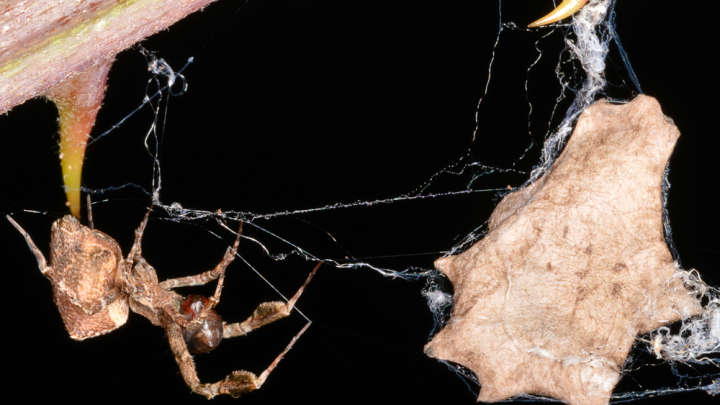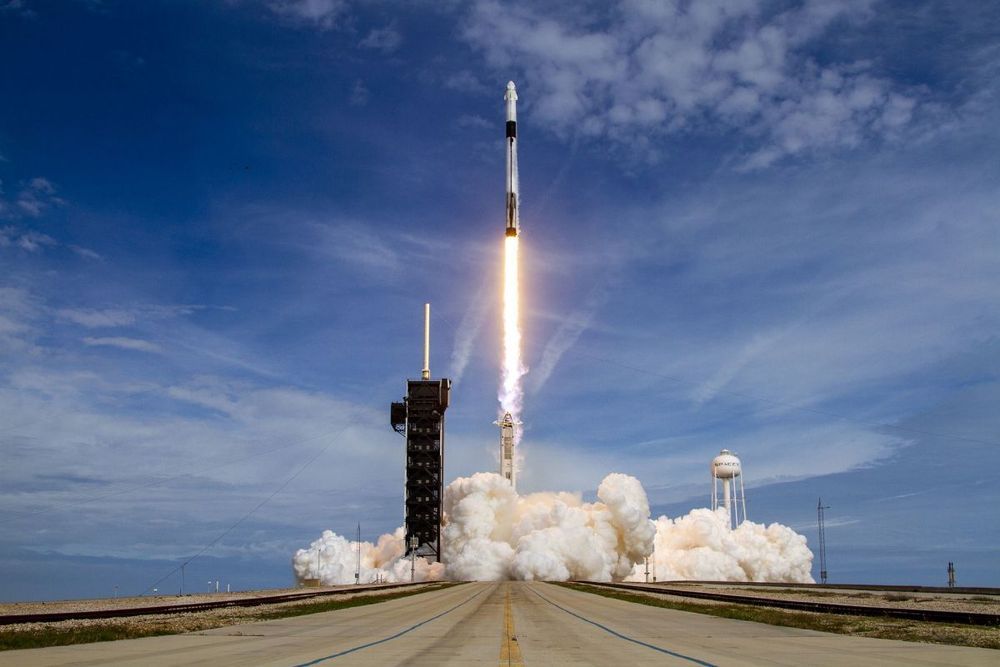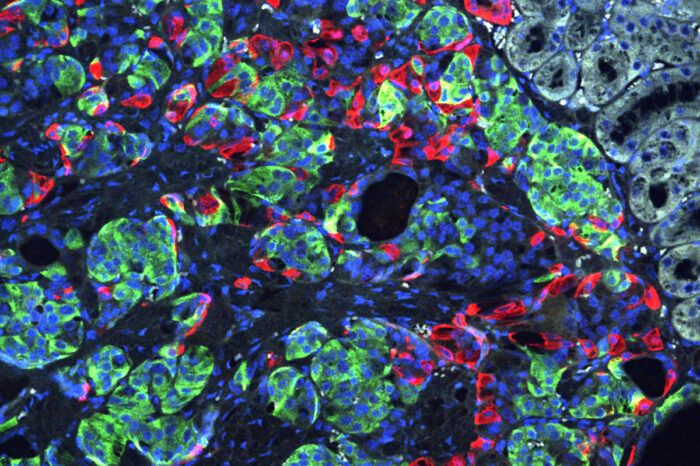On March 16, Moderna and the National Institute of Allergy & Infectious Diseases (NIAID) began dosing patients with mRNA-1273, its vaccine candidate against COVID-19. The second round of dosing in healthy Seattle volunteers has now begun.
Without placing too much significance on this, it is a good sign, suggesting that the trial is progressing well and there are no obvious bad side effects from the first round.
Lisa Jackson, senior investigator, Kaiser Permanente Washington Health Research Institute, who is heading the study, told USA Today that the physicians at Kaiser Permanente’s Vaccine Treatment and Evaluation Unit in Seattle don’t have results from the first round. This suggests that the study data is blinded, meaning it will not be released until a specific point in the trial.
